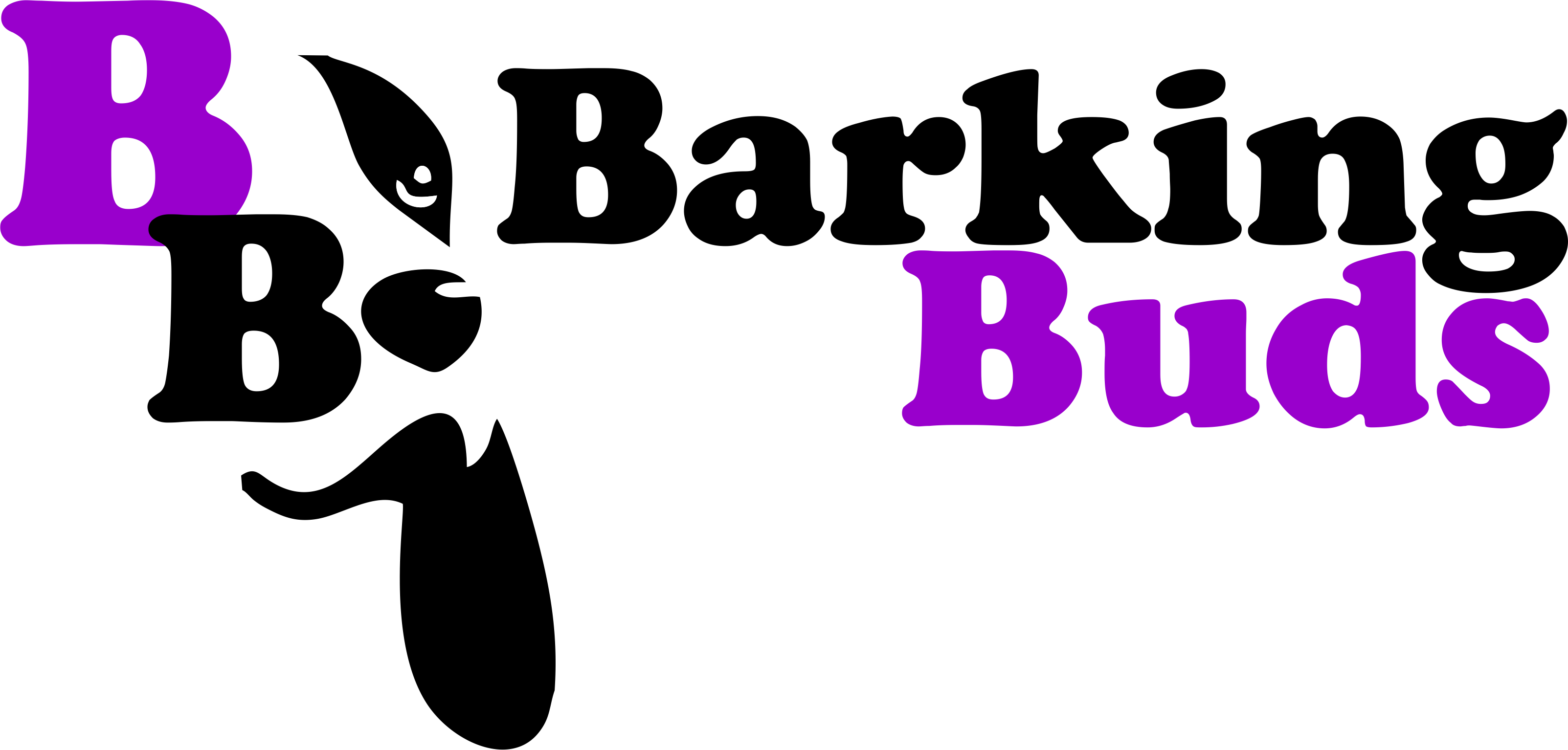Understanding Fear Periods
Fear periods are a normal part of a dog’s development, during which they may exhibit heightened fear or anxiety towards certain stimuli. These periods can occur at different stages of a dog’s life and can be a challenging time for both dogs and their owners. In this blog post, we will explore fear periods in dogs, their possible causes, and how to support our furry friends during these sensitive times.
Identifying Fear Periods

Fear Periods: What to Look For
During a fear period, dogs may display sudden changes in behavior, such as increased fear, reactivity, or avoidance. It is important to recognize these signs to differentiate them from general fear or anxiety. Common behaviors include excessive barking, trembling, hiding, or even aggression towards people or other animals. By being aware of these signs, owners can better understand their dogs’ needs during fear periods.
Common Fear Periods in Dogs
Puppy Fear Periods
Puppies usually go through two fear periods, one around 8-10 weeks and another around 6-14 months. During these periods, they may become afraid of new experiences, objects, or people. It is crucial to provide positive and controlled exposure to new situations, ensuring they have positive associations and gradually build confidence.
Adolescent and Adult One Time Learning Fears
Adolescent and adult dogs may experience One Time Learning Fear during major life changes, such as moving to a new home, changes in routine, or traumatic events. These fear periods can manifest as sudden anxiety or fear towards specific triggers. Patience, consistency, and positive reinforcement training are essential during these periods to help dogs overcome their fears.

Supporting Dogs During Fear Periods
Creating a Safe Environment
Providing a safe and secure environment is crucial during fear periods. Minimize exposure to potential triggers that may cause anxiety or fear, and ensure your dog has a designated safe space where they can retreat to when feeling overwhelmed. This can be a crate, a cozy corner, or a quiet room.
Positive Reinforcement Training
During fear periods, positive reinforcement training can be highly effective. Rewarding desired behaviors and ignoring or redirecting unwanted behaviors helps build confidence and trust. Seek guidance from a professional dog trainer who specializes in fear-related issues to develop a tailored training plan for your dog.
Seeking Professional Help
Recognizing the Severity of Fear Periods
While fear periods are a normal part of a dog’s development, it is essential to recognize when the fear becomes excessive or uncontrollable. If your dog’s fear or anxiety is severely impacting their quality of life or your ability to manage their behavior, it may be time to seek professional help. A qualified veterinarian or veterinary behaviorist can provide expert guidance and develop a comprehensive treatment plan.
Navigating fear periods in dogs can be challenging, but with understanding, patience, and appropriate support, we can help our furry companions overcome their fears and grow into confident and well-adjusted dogs. By recognizing the signs, providing a safe environment, and seeking professional help when needed, we can ensure that fear periods become stepping stones towards a brighter future for our beloved pets. Remember, a little extra love and care go a long way in helping our dogs through these sensitive times.
